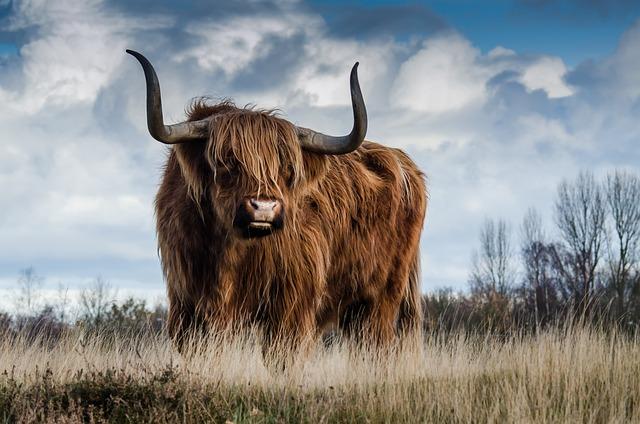Index:
Overview
Steller’s Sea Cow, also known as Hydrodamalis gigas, was a massive marine mammal that once roamed the waters of the Bering Sea. This unique creature belonged to the Sirenia order and was native to the Commander Islands off the coast of Siberia.

(Image: Pixabay/@Tiluria)
The Steller's Sea Cow was named after the naturalist Georg Wilhelm Steller, who first described it in 1741 during the Great Northern Expedition led by Vitus Bering. Unfortunately, this gentle giant is now extinct, with the last sighting reported in 1768, just 27 years after its initial discovery.
Discovery and Extinction
The arrival of Europeans in the region led to the rapid decline in Steller's Sea Cow population due to overhunting for its meat, blubber, and hide. Being slow-moving and lacking natural predators, these sea cows were an easy target for exploitation by sailors and fur traders.

(Image: Pixabay/@RonBerg)
Despite efforts to protect them, the Steller's Sea Cow quickly faced extinction. By the late 18th century, this remarkable species had completely disappeared, marking a tragic loss in the history of marine biodiversity.
Habitat
The Steller's Sea Cow inhabited kelp forests and shallow coastal waters, grazing on seaweed and other marine vegetation for sustenance. With its massive body reaching lengths of up to 10 meters and weighing several tons, it was well-adapted to life in cold northern seas.

(Image: Pixabay/@Hector_Siltroy)
These gentle giants formed small family groups and spent much of their time swimming leisurely near the shore, making them vulnerable to human exploitation. The once-abundant presence of Steller's Sea Cow played a vital role in the ecosystem of the Bering Sea, shaping the dynamics of marine life in the region.
Characteristics
Steller's Sea Cow had a unique appearance, with a thick layer of blubber covering its body to provide insulation in frigid waters. Its long, tapering tail and large flippers helped navigate the ocean depths with ease, while a broad muzzle and round head facilitated feeding on underwater vegetation.

(Image: Pixabay/@biggerthanpluto)
This massive herbivorous creature had no teeth but instead used horny plates to grind and consume kelp and algae. Despite its size, the Steller's Sea Cow was relatively docile and posed no threat to humans or other marine species, making it an easy target for exploitation by early seafarers.
Importance of Steller’s Sea Cow
The extinction of the Steller's Sea Cow serves as a poignant reminder of the impact of human activities on vulnerable species. Understanding the loss of this majestic marine mammal highlights the importance of conservation efforts to protect endangered animals and preserve the delicate balance of marine ecosystems.
By learning from the lessons of the past, we can work towards a sustainable future where the beauty and diversity of marine life, like the Steller's Sea Cow, are safeguarded for generations to come.
In conclusion, the story of Steller's Sea Cow stands as a testament to the fragility of our natural world and the irreversible consequences of human actions. It serves as a poignant reminder of the importance of conservation and stewardship in preserving our planet's rich biodiversity.

